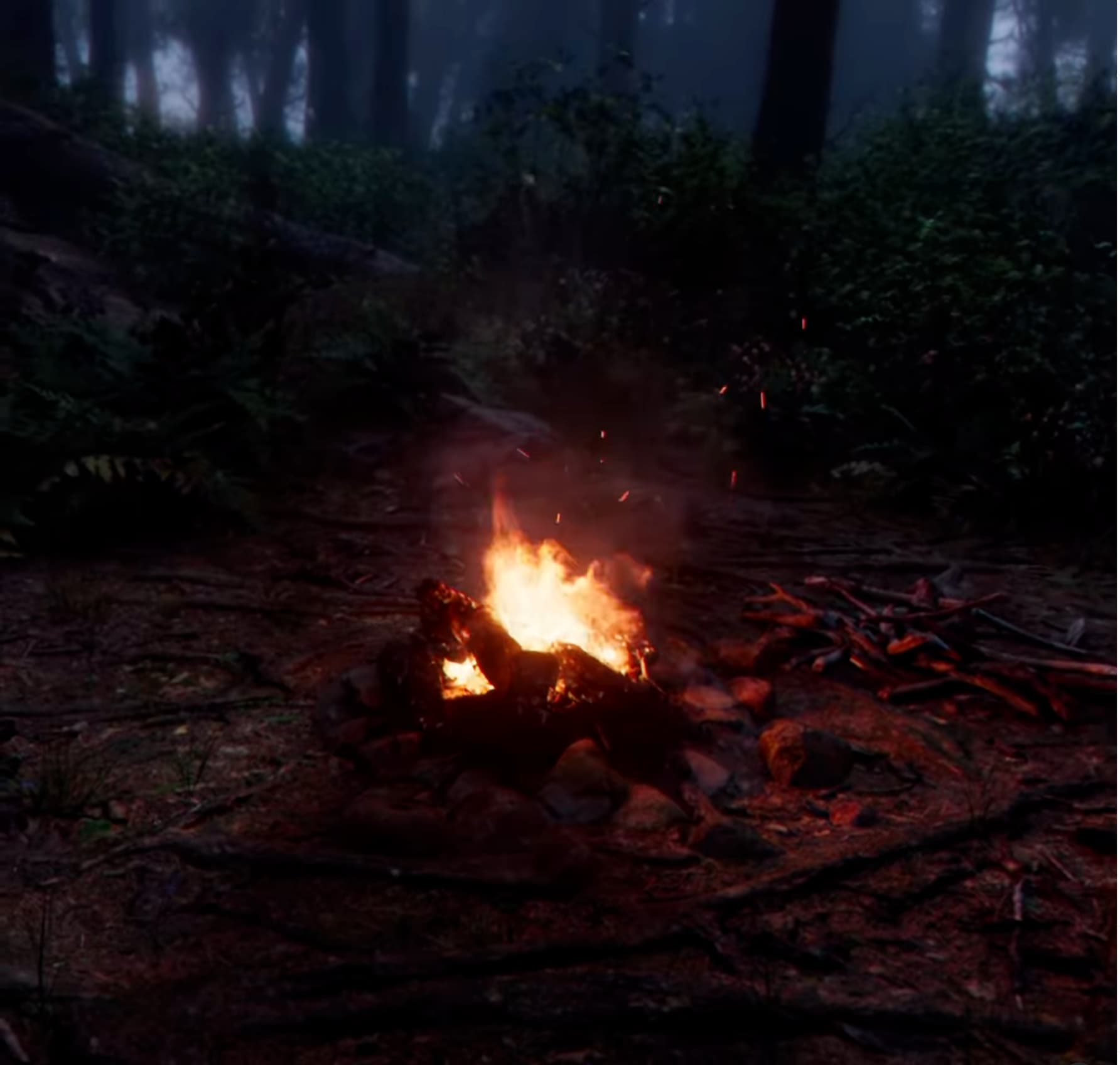USD Workflow in Houdini
Houdini USD Workflow
Talks
A presentation by Tim Van Helsdingen about adopting a USD (collectively known as Solaris) workflow in Houdini.
On Wednesday the 20th of September we’re hosting a talk with Tim van Helsdingen
Tim is a freelance Houdini FX artist / CG generalist based the Netherlands. Outside of his freelance work he also produces educational content related to CG and freelancing and has done public speaking at various VFX related events such as FKMX Houdini Hive, Siggraph Houdini hive, Us by Night and more.
This talk will be about adopting a USD (collectively known as Solaris) workflow in Houdini.
SideFX described USD as the following:
"USD is a system of software and file formats for describing 3D scenes by composing layers. For example, a master USD file describing a kitchen scene (kitchen.usd)might reference layer files containing props (chair.usd, table.usd), lighting, characters, and so on, composing them into a single stage.
The main power of the layer paradigm is non-destructive editing. You can start with an existing scene and create a new layer containing your edits. These edits won’t affect other people using the same scene unless they choose to include your new layer. You can also replace one of the layers (for example a newer version of an asset or updated lighting) and automatically re-apply all existing changes on top of it. This allows multiple departments to collaborate, share data, and update assets without interfering with each other.
Houdini’s tooling and support for USD is collectively known as Solaris. Solaris includes USD support in the view and a new network type, LOPs (Light Operators). LOP networks are slightly similar to SOPs, where each node accepts incoming geometry, modifies it, and outputs new geometry. In LOPs, each node accepts an incoming USD scene, modifies it, and outputs a new scene.
Because USD is a very comprehensive framework, it is not simple. LOPs is designed so you don’t need to know about the underlying USD structure. However, wherever possible LOP parameters use USD terminology, and are sometimes a thin wrapper around functionality built into USD. A basic understanding of USD concepts and features will make it much easier to understand LOPs."
Come join us for a presentation, drinks & discussions at our studio! It starts at 19.00.
19.00 - 19.15
Walk-in
19.15 - 20.00
Case study/Presentation and open discussion/questions
20.00 - 21.00
Drinks
Limited space available. This form will be closed when we reach maximum capacity.

Houdini USD Workflow
Talks
A presentation by Tim Van Helsdingen about adopting a USD (collectively known as Solaris) workflow in Houdini.
On Wednesday the 20th of September we’re hosting a talk with Tim van Helsdingen
Tim is a freelance Houdini FX artist / CG generalist based the Netherlands. Outside of his freelance work he also produces educational content related to CG and freelancing and has done public speaking at various VFX related events such as FKMX Houdini Hive, Siggraph Houdini hive, Us by Night and more.
This talk will be about adopting a USD (collectively known as Solaris) workflow in Houdini.
SideFX described USD as the following:
"USD is a system of software and file formats for describing 3D scenes by composing layers. For example, a master USD file describing a kitchen scene (kitchen.usd)might reference layer files containing props (chair.usd, table.usd), lighting, characters, and so on, composing them into a single stage.
The main power of the layer paradigm is non-destructive editing. You can start with an existing scene and create a new layer containing your edits. These edits won’t affect other people using the same scene unless they choose to include your new layer. You can also replace one of the layers (for example a newer version of an asset or updated lighting) and automatically re-apply all existing changes on top of it. This allows multiple departments to collaborate, share data, and update assets without interfering with each other.
Houdini’s tooling and support for USD is collectively known as Solaris. Solaris includes USD support in the view and a new network type, LOPs (Light Operators). LOP networks are slightly similar to SOPs, where each node accepts incoming geometry, modifies it, and outputs new geometry. In LOPs, each node accepts an incoming USD scene, modifies it, and outputs a new scene.
Because USD is a very comprehensive framework, it is not simple. LOPs is designed so you don’t need to know about the underlying USD structure. However, wherever possible LOP parameters use USD terminology, and are sometimes a thin wrapper around functionality built into USD. A basic understanding of USD concepts and features will make it much easier to understand LOPs."
Come join us for a presentation, drinks & discussions at our studio! It starts at 19.00.
19.00 - 19.15
Walk-in
19.15 - 20.00
Case study/Presentation and open discussion/questions
20.00 - 21.00
Drinks
Limited space available. This form will be closed when we reach maximum capacity.
